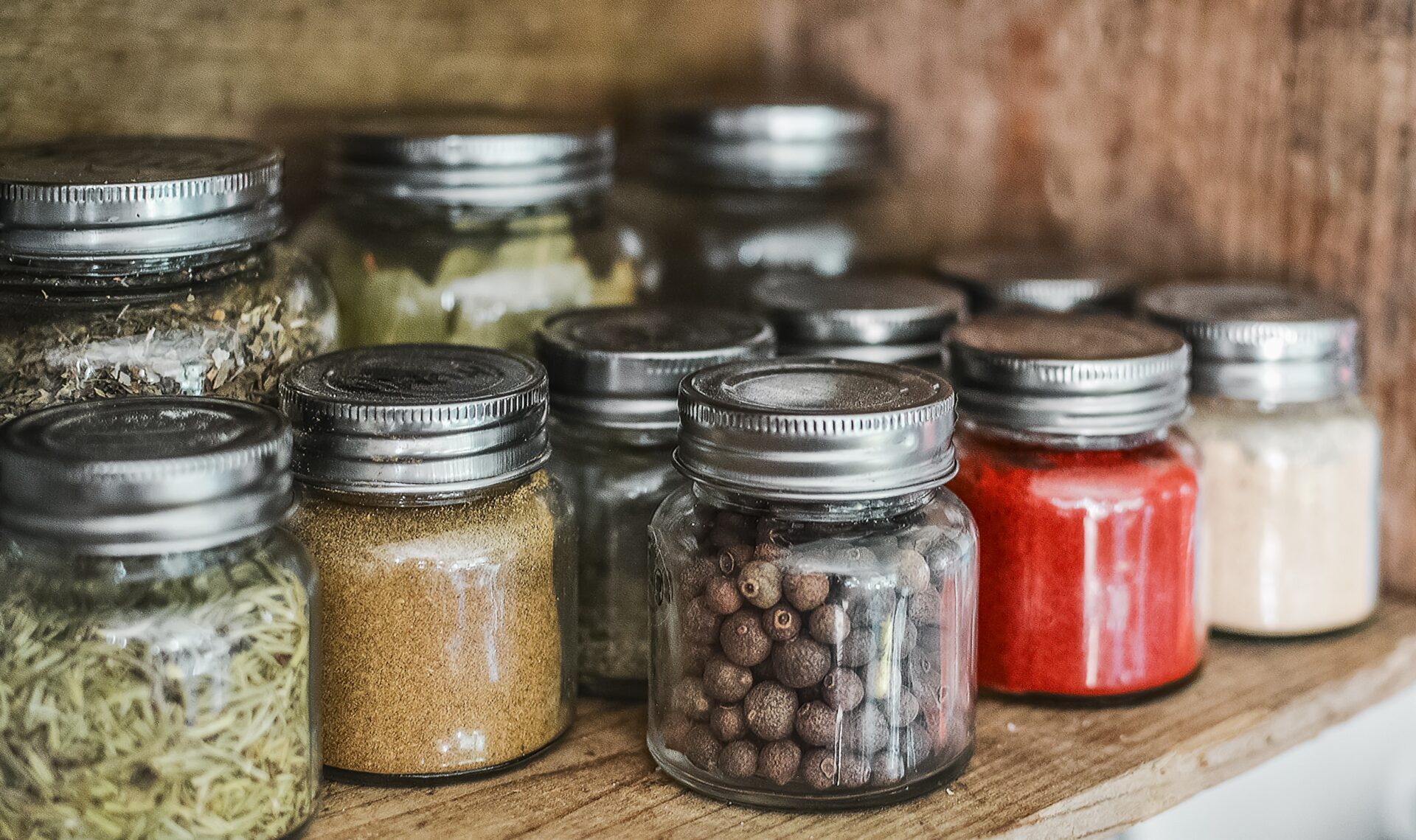Distilling herbs is a great way to make use of natural herbs and create medicinal concoctions. By distilling herbs, you can make an herbal elixir, tincture or essential oil that is concentrated and can be used for many purposes. While it may seem like a complicated process, distilling herbs at home is actually quite easy and affordable. This guide will provide some information on the basics of distilling herbs at home and how to get started.You will need a still, a heat source, water, and herbs to complete homemade herbal distillation. The still should be made of food-grade stainless steel or copper and should have an airtight lid. A heat source such as a gas stove or electric hot plate is necessary to provide the energy to make the distillation process work. You will also need water to cool the vapors that are produced during distillation. Finally, you will need herbs that you would like to use in your distillation process, such as lavender, rosemary, thyme, etc.
Preparing Your Herbs for Distillation
Distilling herbs requires careful preparation. Before you start distilling, you need to make sure that the herbs are clean and free of dirt and debris. This will ensure that the distillate is free of contaminants and will yield a pure, high-quality product.
The best way to prepare herbs for distillation is to first remove any large pieces of debris or dirt that may be present on the plants. This can be done by picking through the leaves and stems of the plants to find any large pieces of debris or dirt. Once all of these have been removed, it is important to wash the herbs with cold water before they are put into the still.
Next, it is important to consider how you wish to prepare your herbs for distillation. Whole herbs can be placed directly into the still, while ground or chopped herbs should be placed into muslin bags before being added to the still. If you choose to use pre-packaged herbal extracts, these should also be added in muslin bags to ensure that no sediment enters the still during distillation. Before you can set up your still, you need to gather the supplies that you will need. This includes things like copper tubing, fittings, connectors, a pot or boiler, and thermometer. You may also want to have some additional items on hand like a strainer and siphon hose. Once you have collected all of the supplies that you need, it’s time to set up your still. Once you have all of the supplies that are required for your still setup, you can begin assembling the components. Start by attaching the copper tubing to the pot or boiler using fittings and connectors. Make sure that everything is secure and that there are no gaps or leaks in the connections. Then attach a thermometer to one of the fittings so that you can monitor the temperature of your spirits as they are distilling. Next, attach hoses and connectors to each end of the copper tubing. These will be used for filling and emptying the still with liquid Distillation is an essential part of the process of refining and purifying liquids. Before a distillation process can begin, a heat source must be prepared. The heat source should be able to reach a high enough temperature to vaporize the liquid, yet not too hot as to damage or destroy it. In some cases, heat sources such as open flames are used, while in others, steam heaters or electric heating elements are used. The type of heat source chosen depends on the kind of liquid being distilled and the desired outcome. If a large quantity of liquid needs to be distilled quickly, then an open flame may be used. However, if more precision is required and a smaller quantity is being distilled, then electric heating elements may be chosen as they can more accurately control the temperature. To ensure that the heat source is ready to use for distillation, it should first be checked for any signs of corrosion or wear and tear that could affect its performance. Additionally, all safety precautions should be followed when working with open flames or electricity near flammable liquids. Once these safety measures have been taken care of and the heat source The boiling process is a method of cooking food that has been used for centuries. Boiling is a simple and efficient way to quickly cook food and is one of the most popular cooking methods used today. Boiling involves placing food in a pot of boiling water and simmering it until it is cooked through. This can be done with just about any type of food, from vegetables to meat, and even eggs. The boiling process can also be used to extract flavors from spices or herbs, or even to make broth or stock. To begin the boiling process, fill a pot with enough water to cover the food completely, then bring the water up to a boil over high heat. Once the water reaches a rapid boil, reduce the heat to maintain a steady simmer. The food should then be added to the pot and simmered until it is fully cooked. When cooking vegetables, they should be added first as they take longer to cook than other ingredients. After all the ingredients have cooked through, take them out of the pot and serve them immediately with your favorite sauces or seasonings. The boiled liquid can also be saved for later use in soups or stews. Bo Distillates are products of the distillation process and must meet certain quality standards to be accepted and used. To ensure that these standards are met, it is important to test the quality of the distillate. There are several tests that can be performed to assess the quality of a distillate. The most common test used to evaluate distillate quality is the flash point test. This test measures the temperature at which a distillate will ignite when exposed to an ignition source, such as a flame or spark. If the flash point is too low, it indicates that there may be impurities present in the distillate that can cause it to combust at lower temperatures, which could lead to dangerous situations. Another important test used for assessing distillate quality is the vapor pressure test. This test measures how much pressure is necessary for a liquid to evaporate at a given temperature. A higher vapor pressure indicates that more energy is required for evaporation, and this in turn can indicate potential contaminants or other issues with the distillate. The octane rating of a distillate is also an important Distillate is the purest form of cannabis concentrate. It is the result of a process that removes impurities and contaminants from the plant material, leaving behind a pure, clean concentrate. In order to maximize the potential of your distillate, it is important to know how to collect and store it properly. When collecting distillate, use a clean container that is resistant to heat and solvents. Glass containers are ideal for this purpose, as they do not react with any of the substances used in distillation. Make sure to keep the container tightly sealed when not in use in order to maintain its purity and freshness. When storing distillate, it is important to keep it away from direct sunlight and other sources of heat or light. The best way to do this is by keeping it in a cool, dark place such as a cabinet or drawer. Additionally, make sure that air does not come into contact with the concentrate as oxygen can degrade its quality over time. If you plan on keeping your distillates for an extended period of time, consider using vacuum- Herbal distillation is a great way to create fragrant, flavorful plant oils. But sometimes things can go wrong when you’re trying to distill water-soluble plant oils at home. Here are some common issues and how to troubleshoot them. One of the most common issues with home herbal distillation is faulty equipment. If your equipment is not functioning properly, it can cause problems with the distillation process, resulting in poor results or even potentially dangerous situations. To avoid these issues, make sure that all of your equipment is in good working order and that all safety precautions are being taken. Another common issue is incorrect temperature settings during the distillation process. If the temperature is too high, it can cause burning or even explosions; if the temperature is too low, it won’t be hot enough to extract the essential oils from the plant material. To ensure that you get the best results possible from your home herbal distillation, make sure that you Distilling herbs at home is a great way to capture the essence of your favorite plants and use them for a variety of purposes. Making your own herbal distillates allows you to control the quality, potency, and flavor of the product. While it may seem daunting at first, with the right equipment and information, distilling herbs at home can be a fun and rewarding experience. With just a few simple steps, you can make your own herbal distillates with ease. Herbal distillation is an enjoyable way to explore the natural world while creating something truly unique. If you have an interest in herbal medicine or are just curious about how to make your own herbal products, consider giving herb distillation a try. With some patience and practice, you can easily create high-quality herbal distillates that will last for many years.
Assembling the Still
Adding Hoses and Connectors
Preparing the Heat Source for Distillation
The Boiling Process

Testing the Distillate Quality
Collecting and Storing Your Distillate
Troubleshooting Common Problems with Home Herbal Distillation
Faulty Equipment
Incorrect Temperature Settings

Conclusion

